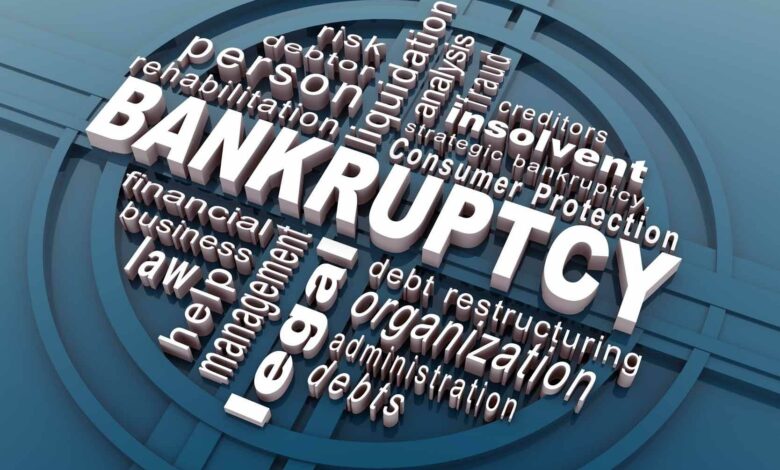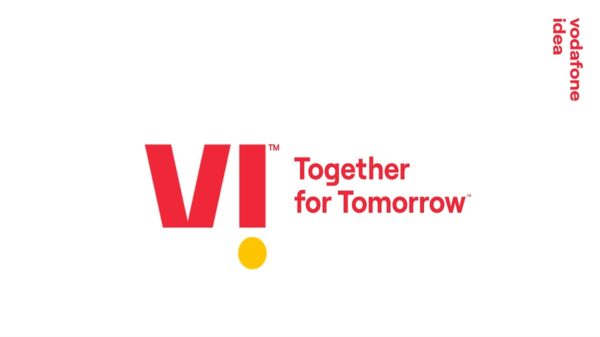
Vodafone-Idea: With the world economy getting into shackles post the pandemic, flashbacks of how crises in the past have fared for the country come to mind. Even though the list of instances where India’s recovery from a global crisis, like the 2008 Global financial crisis or the 2013 taper tantrum, is a fairly long one, we would restrict ourselves to a particular one today.
The twin balance sheet crisis that came into the limelight after the global financial crisis has completed more than a decade now, with the crisis now converting into a four-balance sheet one straight from two. To be fair, it looks like India never recovered from the Global Financial crisis, even though numerous attempts have been made in this regard.
This comes from the fact that the bankruptcy reform that the country was so desperately waiting for has shown be to be on its knees with the recent events of the Vodafone-Idea and retail industry shakedown.
Even though the hopes of valuable capital getting sought from failed businesses to other nascent ventures sounded hopeful and apparently achievable, the reality has been a little too contradictory.
The Vodafone creditors have had a hard time getting back their shares and the relief allocation has been at most negligent. So much for the newfound faith in the bankruptcy tribunal!
Allow me to trace the journey for you. With the apparent transformation of India’s twin balance sheet crisis of banks and non-banking financial institutions into a four-balance sheet one, the country has been determined to find stable solutions for insolvency and bankruptcy in the country’s pretext. This came with respect to the 2016 insolvency law, setting up the judges for the tribunal and the like.
At the broad level, these steps were very similar to the corporate death and rebirth mechanisms put in place in the advanced countries, but at a deeper level, they were nothing alike.
It is because the fundamentals are so devoid of content that their success almost becomes an unlikely event. What is referred to by experts as isomorphic mimicry, India’s insolvency plan just came out as a shining example of it.
The insolvency law passed back in 2016 brought along hopes in foreign investors to fund and profit from the country’s USD 260 billion of bad loans. And it’s not like it didn’t initially catch success, for the successful re-allocation of distressed steel plants’ funding did manage to bring a lot of optimism.
The bureaucratic redundancy, however, took over the reins pretty quickly, with creditors now baulking at 90 per cent haircuts and distressed corporate bigshots finding it almost impossible to stay afloat. Case in point- Vodafone-Idea and Future Retail Ltd.
Vodafone-Idea crisis
The Vodafone-Idea situation is going to be written down in India’s history books of corporate demise for the company’s survival has the chances of finding a dime in the sand. So, unless a miracle happens or the government decides to be generously helpful to the former Chairman’s requests, we can bid goodbye to the telecom giant.

As for Future Retail ltd., seeking a compromise with Amazon inc. looks like the only feasible option to go because if it doesn’t sell their assets to the richest man of the country’s empire, it would not be able to stay afloat. Their deal with Amazon, however, restricts them from doing just that.
Since Amazon is holding them accountable to the promise and the Supreme Court seems to agree, a compromise looks like the only possible way for them to barely survive.
The purpose of discussing these two corporate debt-ridden giants is to shed light on the country’s situation of insolvency and bankruptcy since it outrightly proves that India is no place for dying companies. The giants have run out of sorts and the indebted corporates continue to turn into anaemic bodies.
The pre-packs insolvency resolution plan, that recently got approved, is another chapter from the big old book of lessons from the Western Institutions. So be it putting creditors in charge of insolvent firms, Debtors’ ability to initiate in-court bankruptcy proceedings, or lenders’ authority to pull the plug, all follow from the same cheat sheet.

The only problem is that it is all well and good in theory, but its application seems to disappoint time and again. I mean, look at the record of the half-a-decade ago passed insolvency law that hasn’t been able to do much for the country’s corporate system, as evident from the half-dead corporate bigshots in the market and the others’ deleveraging spree.
This is evident from the case of the two giants facing bankruptcies, and their handling in the country. Both Vodafone-Idea and Future Retail Ltd. are in very different situations, but the deficiencies in their handling are almost the same.
Across the country, 27 tribunals are being run by 29 judges; at least 25 short of what’s required. Many have no experience in financial matters. One judge, M.B. Gosavi, sits on four benches.
Cases from Noida, a suburb of Delhi where big builders have defaulted to homebuyers, the land before a single tribunal member 300 miles away. The insolvency courts also adjudicate unrelated matters under the Companies Act, overwhelming an already strained system.
And it’s not like these deficiencies are new or unknown, the bureaucratic redundancies of the country’s insolvency and bankruptcy system are vividly known and clear.
Yet, they keep getting added to the pile of ignorance. The tribunal’s sale or liquidation approval, which was later increased from 270 to 330 days, still are far from being pushed into the deadlines.
Consider the following case examples of the above-stated fact. Punjab National Bank has tried in vain since November 2018 to put Indian Steel Corp. into bankruptcy. KKR & Co.’s India unit moved against Sintex-BAPL Ltd. a year ago.
But an operational creditor came up with its own petition against the auto parts maker, settled with it, and the firm exited bankruptcy. KKR’s application was finally admitted only last month. Leaving aside the top nine bankruptcies initiated in 2017 at the central bank’s behest, creditors’ recovery rate has been just 24%, according to Macquarie Research.
This political imbalance led by the inefficient systems of the country’s legal system is being perpetuated in the continued trail of failures being based on the lessons learnt from the Western Institutional systems. Even though lawmakers decide to favour the creditors, the political interference and influential power continue to inevitably push back the system’s requisites.
The corporate system of the country is in a rather feeble position, especially after the pandemic, and the lousy redressal systems continue to cause trouble. India Inc. needs to know that the corporate system of the country is a safe space for corporate demise and rebirth, and that is the only way we can achieve our two-fold objective of secondary sector growth with sufficient foreign direct investment.
Is it too late for the country to achieve that? No, but it is too late for the government to keep playing a dominant part in it. There are no two ways about the fact that political influence on the corporate system is a key cause for inefficiency, and turning the bankruptcy regime into a real institution would require the state to part ways from the dominant control of such an institution.
 Edited by Sanjana Simlai.
Edited by Sanjana Simlai.




